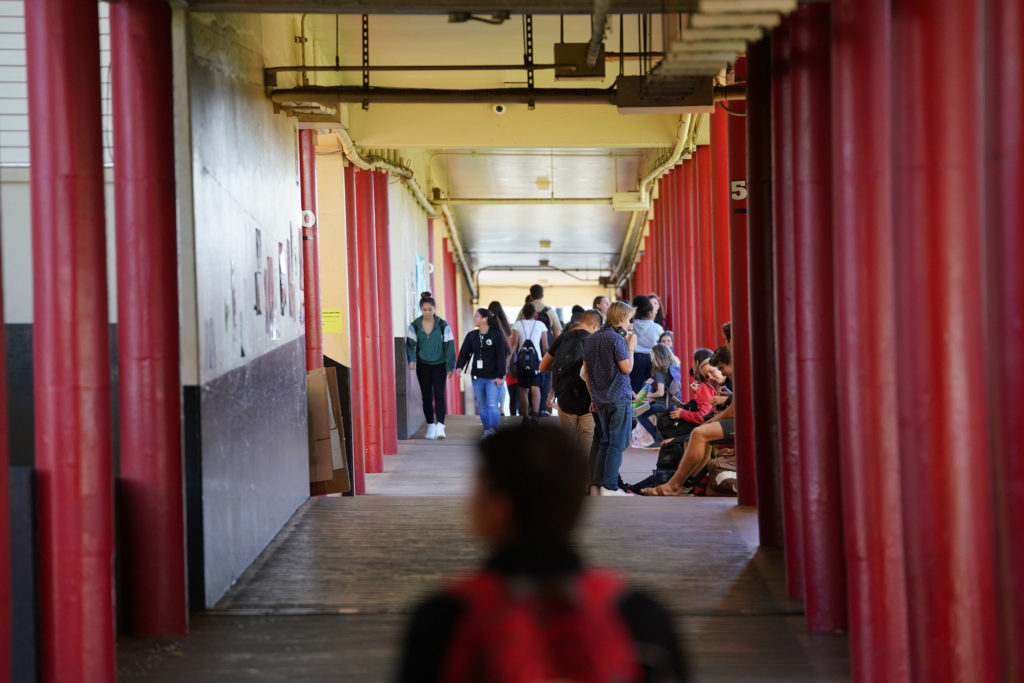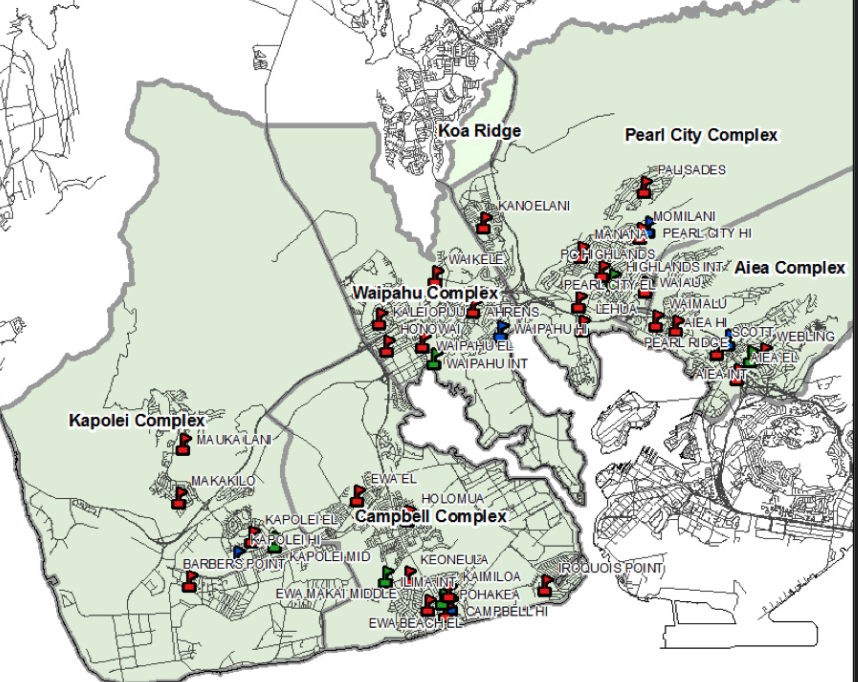State Rakes in Cash from Home Builders for New Schools, but Fails to Spend a Dime
In a striking example of government inefficiency, the state of Hawaiʻi has collected a staggering $20 million from fees imposed on home builders intended to fund new schools, yet not a single dollar has been spent. As frustration mounts, lawmakers and housing advocates are calling for the abolition of this seemingly ineffective program.
Background: The Impact Fee Law
Enacted in 2007, a law specific to the Hawaiian education department was introduced to permit the collection of fees and land donations from developers constructing residential properties. The expectation was clear: these funds would aid in the construction or expansion of schools, directly addressing the increase in student populations from burgeoning housing developments.
The Unused Funds
Despite nearly two decades of collecting these fees, the reality is sobering. The Hawaiʻi Department of Education (DOE) has yet to use any of the funds, leading critics to question the validity and effectiveness of the program. This discontent is echoed by Lee Wang, executive director of Housing Hawaiʻi’s Future, who said, “No one wants to be paying for nothing.”

Students gather in the hallway at Radford High School. School leaders say the fees collected by the state are necessary to accommodate growing populations of students from new housing developments. (Cory Lum/Civil Beat/2019)
Why Isn’t the Money Spent?
One key concern driving the discussion is the inflexibility of state regulations. Representatives from the DOE assert that strict spending rules have hindered their ability to utilize the funds. For instance, the legislation stipulates that collected fees must only be used for constructing or enhancing schools within the vicinity of the housing project, but the small amount collected per development hardly covers the costs associated with building new educational facilities.
Riki Fujitani, the executive director of the School Facilities Authority, highlights the issue: “You can hardly do anything with the money collected.”
Legislative Changes and Usage Restrictions
As time progressed, lawmakers attempted to amend the regulations to improve the program’s usability. In 2023, updates were made to allow funds to be used for renovating existing facilities and acquiring portable classrooms. However, restrictions remained in place, limiting funds to the specific communities from where they were collected—making it impractical for large-scale solutions.

DOE has created impact fee districts in urban Honolulu, Leeward Oʻahu, and central Maui. West Maui’s school impact fees have been suspended since the 2023 wildfires. The money collected in a district must be spent there. (Screenshot/School Facilities Authority)
The Critique: Costs to Homeowners and Inequity in Fees
The impact fees imposed on builders can range from $2,000 to $5,000 per housing unit. These fees ultimately factor into the costs homeowners face, pushing the burden onto individuals already grappling with Hawaii’s high housing prices. Critics are questioning the logic of collecting fees that don’t produce tangible results.
Sen. Troy Hashimoto, a member of the Senate Housing Committee, voices a common concern: “When you’re collecting these fees from folks who are barely able to afford, then you really have to question it.”
The Inequity Issue: Not All Developments Are Created Equal
Another significant critique centers around the arbitrary nature of fee assessments. The fees are limited to areas marked for growth—predominantly in urban environments like central Maui and Leeward Oʻahu. Other regions, including the Big Island and Kauaʻi, either do not recognize the law or haven’t set up mechanisms to collect fees. This disparity raises questions about fairness and the broader implications for state-wide educational funding.
The state auditor’s exploration in a 2019 report revealed significant inconsistencies, recommending a re-evaluation of the criteria used to enforce fee collection.
Looking Towards the Future: The Proposal to Abolish the Fee
As the dialogue progresses, lawmakers are moving toward potentially scrapping the school impact fee program altogether. They emphasize the need for an effective system, one that truly benefits students and communities.
The Bottom Line: A Complicated Legacy
Despite the multitude of problems, some education officials argue for the program’s continuation. Dean Uchida, DOE Deputy Superintendent, insists it lays the groundwork for future educational needs as housing continues to rise. He reminds us, “New dirt costs a lot of money.”
Conclusion: Creating Pathways for Change
As discussions unfold, it’s imperative that the state reconsiders its strategy to ensure that collected funds effectively serve their intended purpose. The proposed legislation aims to redistribute the $20 million already gathered, but it still begs the question: Can the state revamp this system to genuinely deliver for the students of Hawaiʻi?
For further reading on education funding concerns, consider this report on school impact fees or explore how this issue reflects broader challenges in housing affordability across the nation.
This article demonstrates how a seemingly straightforward initiative has morphed into a tangled web of unfulfilled promises and unmet needs. It calls for engagement and accountability—from lawmakers, agencies, and communities—if we are ever to build the schools our children deserve.




